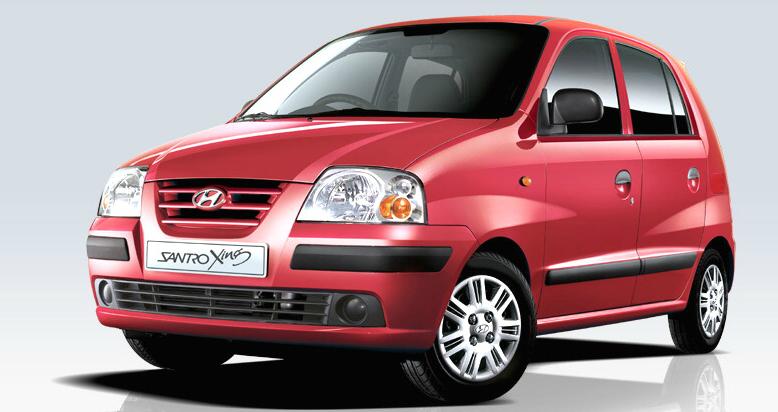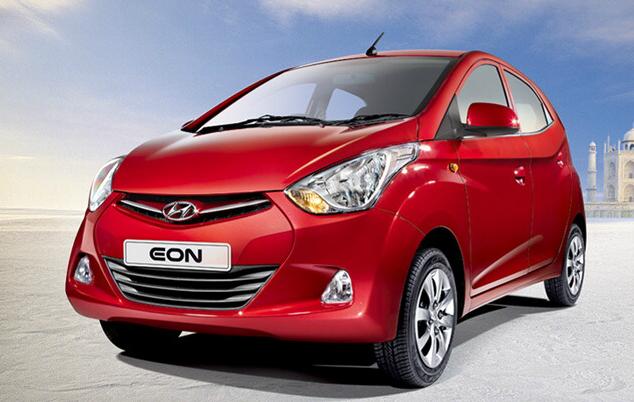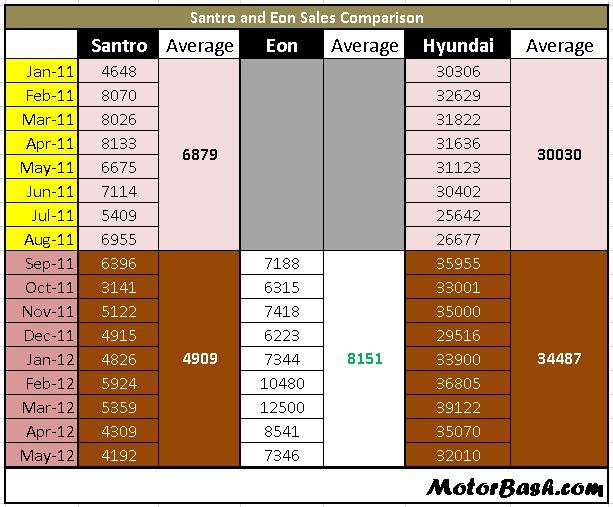Hyundai is one company which has reacted to market upturns as quickly as some would not anticipate. We always feel Hyundai changes its models a little too quickly. Till the time its paying for them there are no cribs. The latest example is the i20 i-Gen. We still receive comments from our readers that the earlier generation i20 never looked old and outdated.

If we look at the current lineup of Hyundai in India:
Hyundai’s Current Indian Line-up
- Eon : In the A-segment against Alto
- Santro: In B1 segment against Wagon R and others
- i10: B2 segment against Ritz and other petrols
- i20: Premium B2 against Swift diesel and others
- Accent: Entry level sedan against Dzire, Verito etc
- Verna : mid-level sedan against City, Fiesta etc
- Sonata: Premium sedan against Accord, Superb etc
- Santa Fe: Premium SUV against Fortuner, Captiva etc
Now if look at it, majority of the cars are now ‘fluidic’. The Eon was born fluidic. The i10 was recently revamped into its fluidic form. The premium i20 got the treatment a few days back turning it into a younger looker. Verna, since the time it was revamped into its fluidic form it has burnt the sales chart. The recently relaunched version of Sonata is fluidic already and looks superb. The upcoming Elantra is also a fluidic looker.

That leaves us with 3 cars in its current line-up which are not exactly ‘fluidic’ – Santro, Accent and Santa Fe. We can leave out the Santa Fe because it has already been ‘fluidicised’ in the international markets and would make an Indian entry sometime sooner or later. In the international markets Indian Verna replaced the current Indian Accent; however, Hyundai decided to place them in two different segments and they co-exist in India so Accent would not be made Fludic.
Ok, so it’s the age-old workhorse Santro which is the only car which is not fluidic. The biggest question here is whether Hyundai would want to invest all the time and money in revamping the current Santro OR axe it at a proper time!
Has Eon affected Santro’s sales?
We analyzed sales figures of both these cars from January 2011 to understand if Santro has really been affected by Eon or not. Below is the table which shows their comparison.

From Jan-Aug 2011: Santro averaged around 6900 units per month.
From Sep 2011 to May 2012: Santro’s average units per month fell to 4900 units.
And that is around 2000 units per month lesser for the past 9 months. Eon is averaging 8200 odd units per months since it was launched. And if we check Hyundai’s per month sales, they have risen by 4500 units since Eon was launched.
That leaves us with 3 questions in mind:
- Whether Hyundai would continue to milk current Santro (which is not doing badly anyways) and keep it as an alternate to people who want a bigger engine and a relatively more responsive car than the Eon?
- Would Hyundai invest time and money on the Santro and get it ‘fluidicized’ to match its current commitment of making all its cars speak the ‘fluidic’ language.
- If Santro’s figures fall what would Hyundai do? Would it bring the i10 a little lower and pull a 1000cc variant of Eon simultaneously to fill its gap?
Let us wait and watch Hyundai’s game plan here.
*Sales figures taken from Team-Bhp and are dealer dispatches.
By,
Saad Khan
Editor MotorBash


